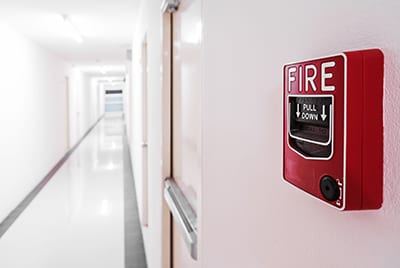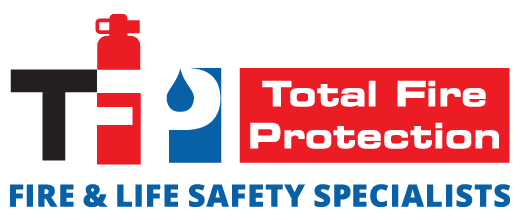 High-rises are defined as buildings 75 feet or more in height measured from the lowest level fire department vehicles can access, to the floor of the highest story accessible to occupants. Because high-rise buildings are so tall and relatively inaccessible compared to shorter buildings, they have specific electrical and fire alarm system requirements.
High-rises are defined as buildings 75 feet or more in height measured from the lowest level fire department vehicles can access, to the floor of the highest story accessible to occupants. Because high-rise buildings are so tall and relatively inaccessible compared to shorter buildings, they have specific electrical and fire alarm system requirements.
Fire Alarm Requirements for High-Rise Buildings
Electrical systems and fire alarm systems for high-rise buildings are far more complex due to challenges associated with large occupant loads, the difficulty of access for first responders, potential smoke movement, and increased egress times.
The International Building Code (IBC) and International Fire Code (IFC) provide safety requirements for high-rise buildings. The IBC and IFC codes dictate where and when fire alarm systems, notification appliances, and initiating devices are required.
NFPA 72 Explained
The recently revised NFPA (National Fire Protection Association) 72-2019: National Fire Alarm and Signaling Code addresses how fire alarm systems and other devices are designed and installed after a designer determines that the fire protection safety measures are required. The NFPA 72 revisions follow the recommendations and ideas of thousands of contributing volunteers.
NFPA 72 includes information on mass notification systems for fire emergencies, weather emergencies, terrorist events, and biological, nuclear, or chemical emergencies. NFPA 72 also provides guidelines for the application, testing, inspection, installation, location, and maintenance of:
- Emergency communication systems (ECS)
- Fire alarm systems
- Supervising station alarm systems
- Public emergency alarm reporting systems
- Fire and carbon monoxide detection and warning equipment
NFPA 72 sets standards for the minimum and maximum mounting heights for fire alarm control units. The devices must be located between 1.5 and 5.5 feet above the finished floor to provide maximum accessibility.
The recently revised standards make elevator recall and evacuation operations more specific. NFPA 72 sets forth requirements and procedures on how to shut down elevators, clarifies signage requirements, and specifies smoke detector requirements for occupant evacuation elevators. These regulations also provide directions and guidelines for installing optimized carbon monoxide detector systems.
Learn more about our NFPA 72 code-compliant fire alarm systems for high-rise buildings. Contact Total Fire Protection by calling (718) 785-8297.





